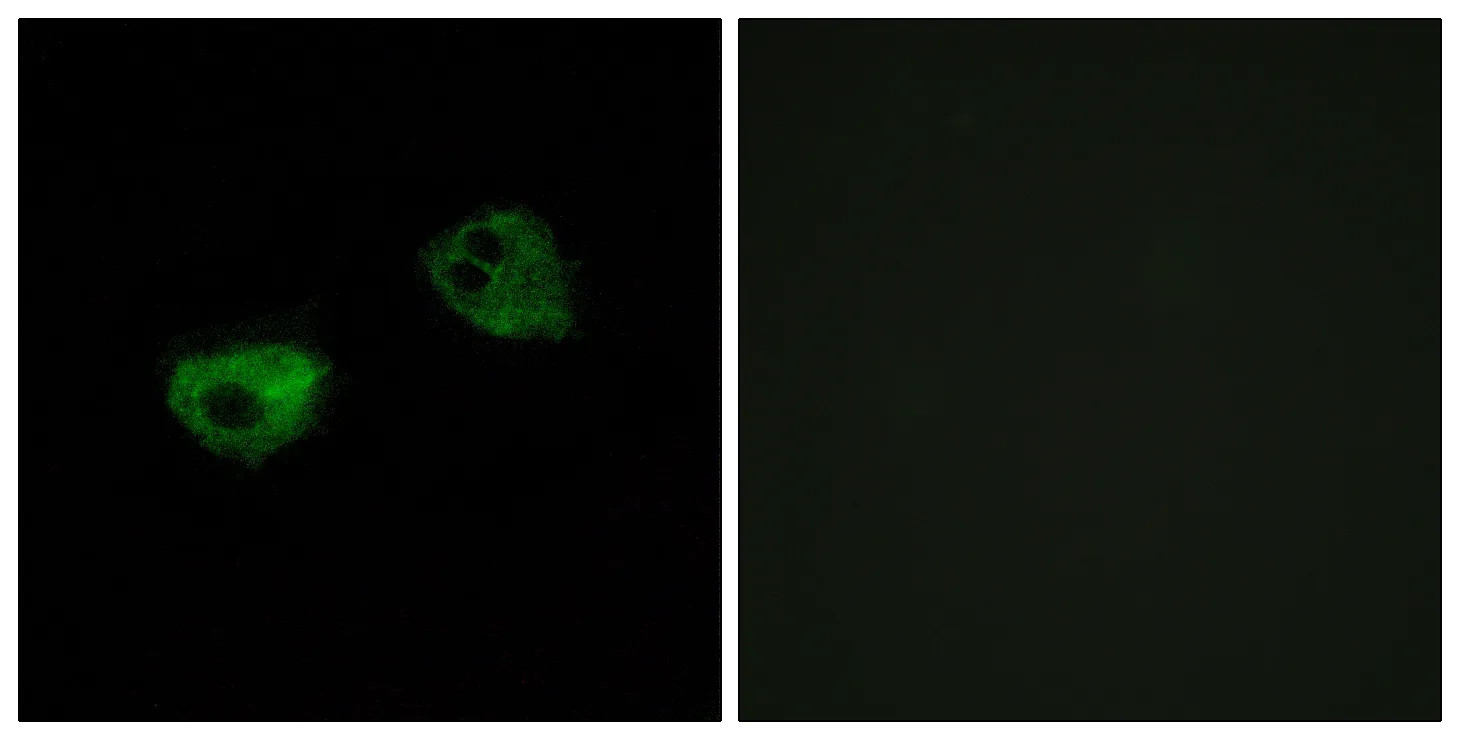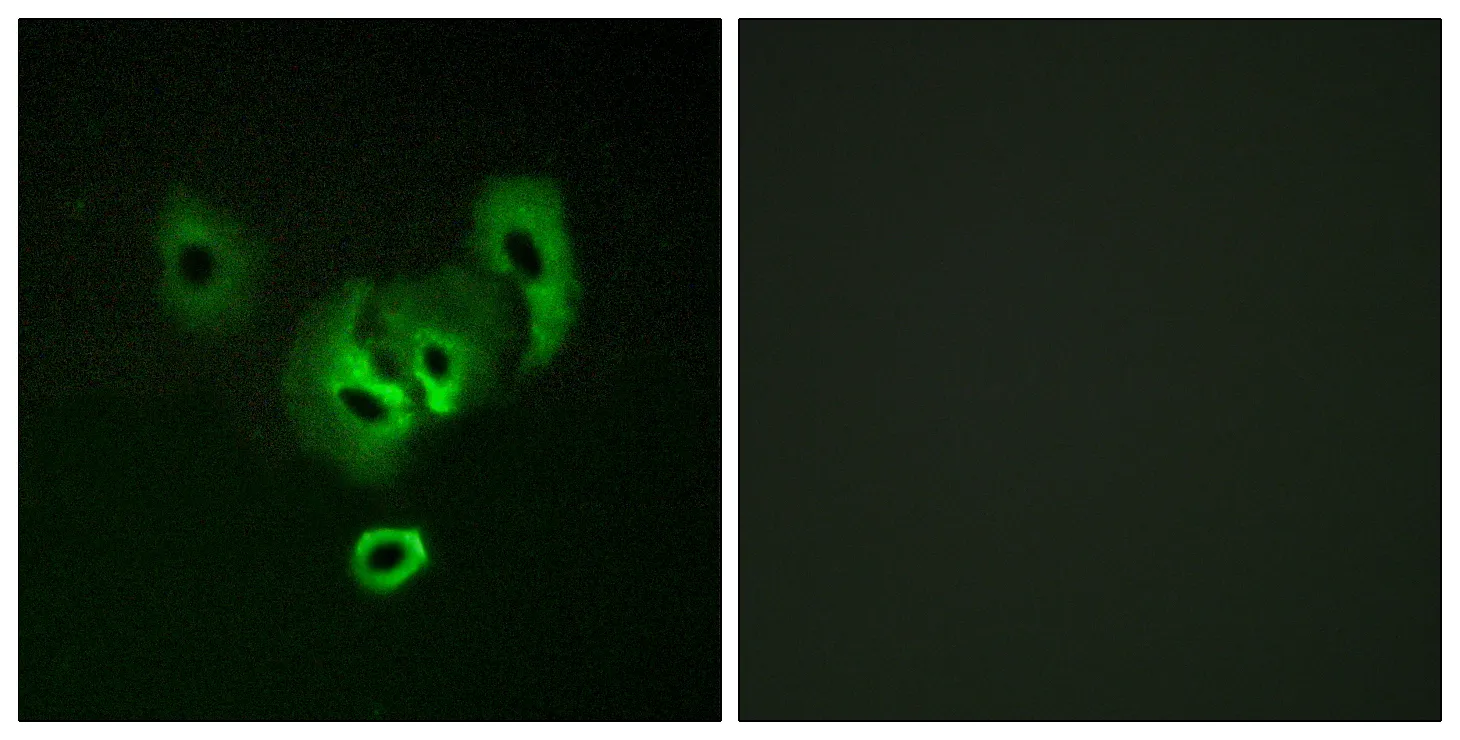Summary
Performance
Immunogen
Application
Background
The protein encoded by this gene is identical to adenosine deaminase complexing protein-2, and to the T-cell activation antigen CD26. It is an intrinsic membrane glycoprotein and a serine exopeptidase that cleaves X-proline dipeptides from the N-terminus of polypeptides. [provided by RefSeq, Jul 2008],catalytic activity:Release of an N-terminal dipeptide, Xaa-Yaa-|-Zaa-, from a polypeptide, preferentially when Yaa is Pro, provided Zaa is neither Pro nor hydroxyproline.,function:Removes N-terminal dipeptides sequentially from polypeptides having unsubstituted N-termini provided that the penultimate residue is proline. Plays a role in T-cell activation.,online information:Dipeptidyl peptidase-4 entry,PTM:The soluble form (SDPP) derives from the membrane form (MDPP) by proteolytic processing.,similarity:Belongs to the peptidase S9B family. DPPIV subfamily.,subunit:Homodimer or heterodimer with Seprase (FAP).,tissue specificity:Expressed in the poorly differentiated crypt cells of the small intestine as well as in the mature villous cells. Expressed at very low levels in the colon.,
Research Area




